Free Courses Sale ends Soon, Get It Now


Free Courses Sale ends Soon, Get It Now


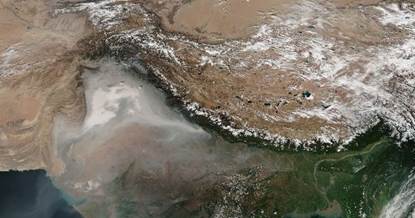
Disclaimer: Copyright infringement not intended.
Context
What are the factors that cause extreme air pollution in NCR?
Effect of Geography on Delhi’s Pollution
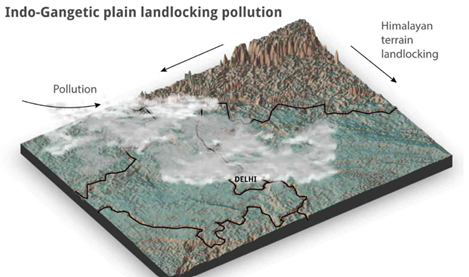
AQI
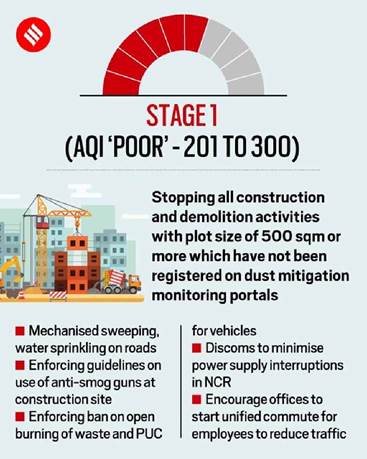
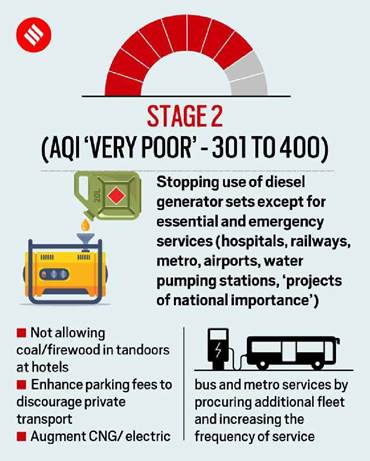
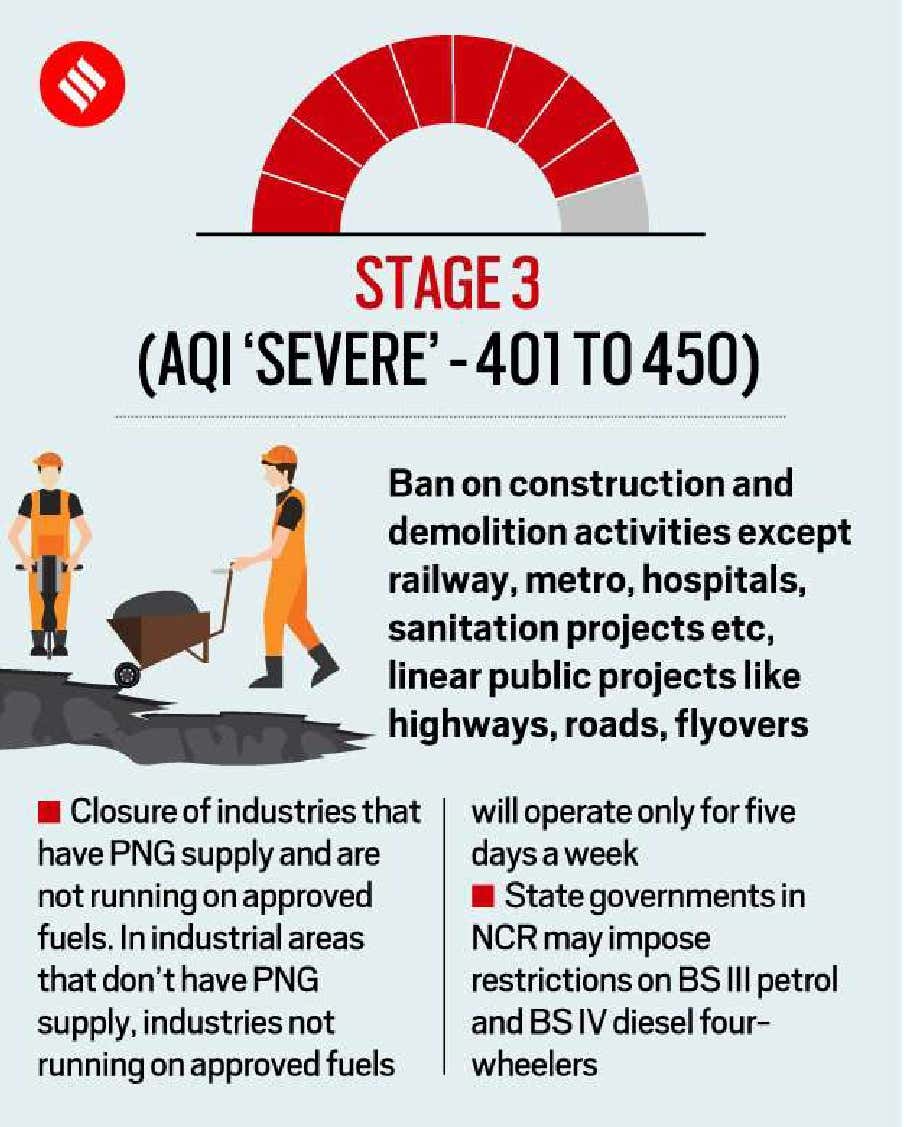
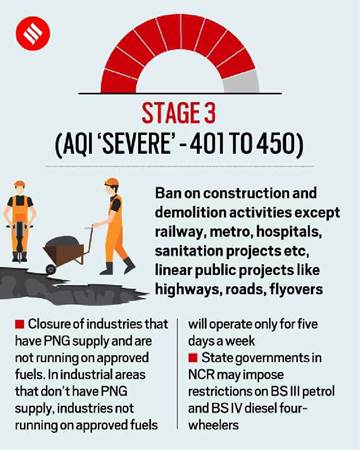
Must Read: https://www.iasgyan.in/blogs/stubble-burning-an-in-depth-analysis
© 2024 iasgyan. All right reserved